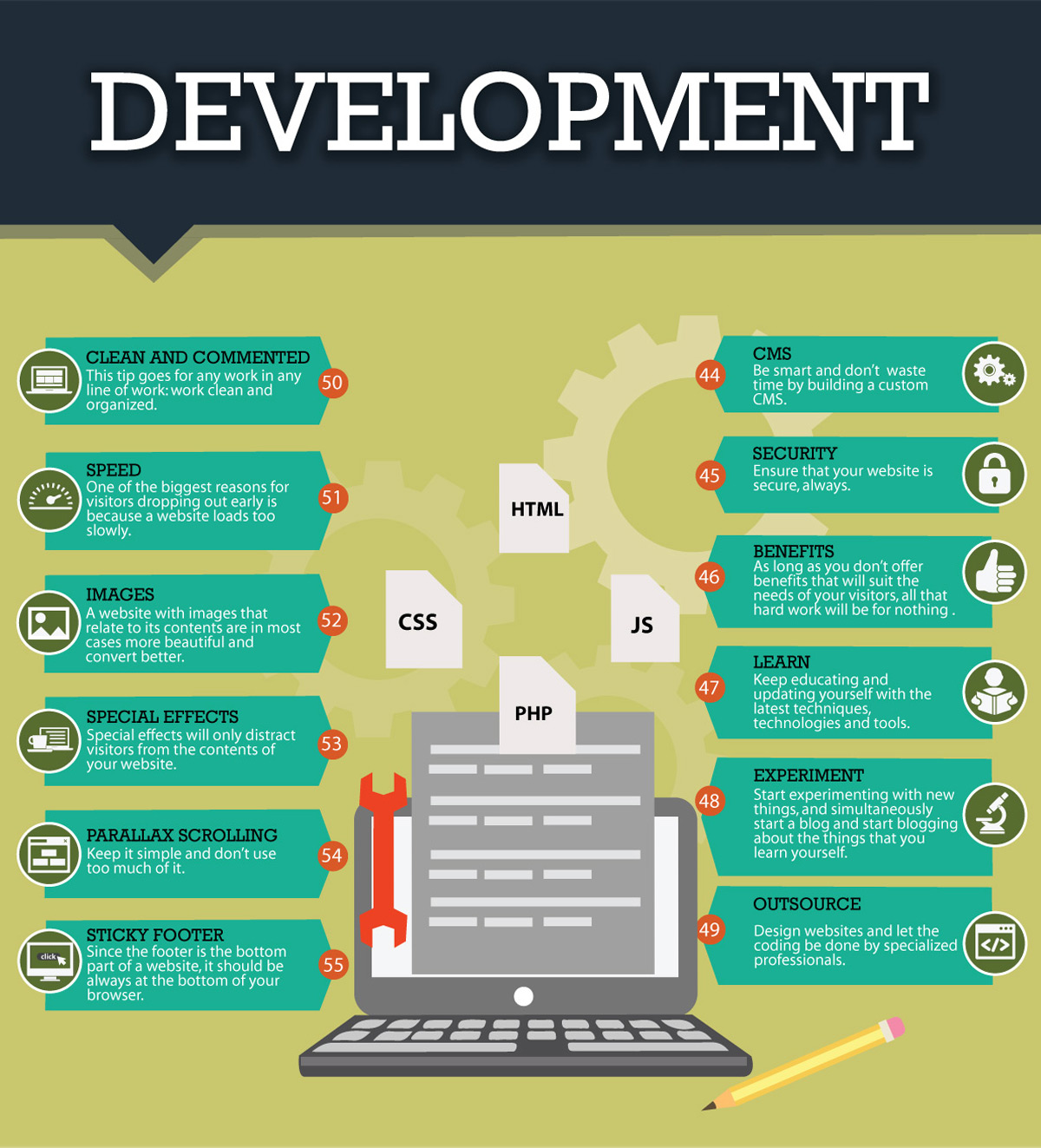Core Concepts Of Internet Site Design: Suggestions For Crafting A User-Friendly Online Visibility
Core Concepts Of Internet Site Design: Suggestions For Crafting A User-Friendly Online Visibility
Blog Article
Content By-Abildtrup Gammelgaard
When it pertains to website design, making certain user-friendliness is vital. From receptive style to structured navigation, every component plays an essential duty in developing a website that deals with your target market's needs. However what concerning the better information that can make or break a customer's browsing experience? Stay tuned as visit the following webpage uncover some often-overlooked ideas that can elevate your website's usability to the following degree, making it really stand apart in the digital landscape.
Relevance of Responsive Layout
Responsive design is a vital facet of modern-day website growth. Ensuring your web site is receptive methods that it can adjust to various display sizes and gadgets, providing a smooth experience for users.
With the increasing use mobile phones and tablets to access the net, having a receptive layout is important for reaching a wider audience. It aids in boosting customer experience by making your internet site easy to browse and keep reading any tool.
Additionally, responsive design can favorably impact your online search engine positions, as online search engine like Google prioritize mobile-friendly websites. By having a receptive layout, you're likewise future-proofing your internet site, as new gadgets with differing screen dimensions remain to arise.
Simplify Navigation Structure
To boost customer experience and assist in very easy accessibility to info on your site, enhancing the navigating framework is vital. When developing your site, focus on creating a clear and user-friendly navigation food selection that assists visitors locate what they're seeking rapidly.
Restriction the variety of food selection things to the fundamentals, grouping associated pages together to prevent frustrating individuals. Use descriptive tags that clearly indicate the web content of each page, making it much easier for users to recognize where each web link will certainly take them.
Consider implementing dropdown menus for subcategories to avoid cluttering the major navigation bar. Furthermore, include a search bar plainly on the page for customers who like searching for certain details.
Focus on mobile responsiveness in your navigating design to make certain easy access on all gadgets.
Optimize Page Tons Rate
Improving page tons rate is vital for keeping site visitors on your web site. Slow-loading web pages annoy users and can result in high bounce rates. To enhance page load speed, begin by enhancing images. Press images without compromising quality to lower their data dimensions.
Additionally, allow web browser caching to save frequently accessed sources locally, accelerating lots times for returning visitors. Minify CSS, JavaScript, and HTML files by removing unnecessary characters, remarks, and format, boosting load speed.
Consider using a material delivery network (CDN) to distribute your web site's content across multiple servers worldwide, reducing latency for individuals accessing your website from different places. Finally, restrict using browse this site -party manuscripts and plugins, as they can substantially impact lots times.
Conclusion
Finally, by including responsive style, simplifying navigation, and optimizing page lots speed, you can produce a straightforward site that attract a larger audience and enhances user experience. These essential elements guarantee that visitors can quickly gain access to and navigate your website across various tools, leading to boosted interaction and satisfaction. By concentrating on these essential elements, you can develop an effective web site that keeps customers returning for even more.
